I've been trying to get a section of my TabBarController to go fullscreen for a while but still can't figure out this 1 last piece.
So I'm able to put the UIViewController behind UINavigationBar using the code below.
self.navigationController.navigationBar.translucent = YES;
self.wantsFullScreenLayout = YES;
Also able to hide the UINavigationBar & TabBarController using the code below.
[self.navigationController setNavigationBarHidden:YES animated:NO];
[self.tabBarController.tabBar setHidden:YES];
However, my UIViewController's height still wouldn't extend behind where the TabBarController is before I hide it. So it looks as though there is a blank space below.
Image attached.

I tried changing self.tabBarController.view.frame and bound. Still doesn't do it. Seems like something is preventing it to cover that bottom portion.
How can I achieve that?
Thank you,
Tee